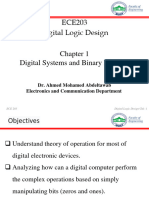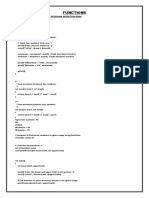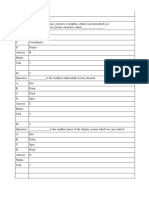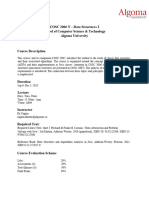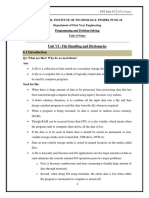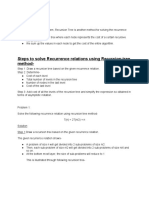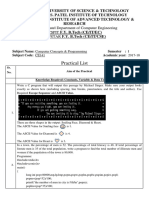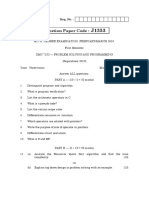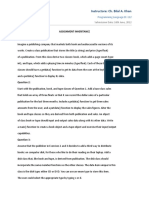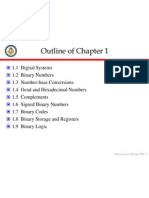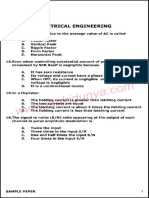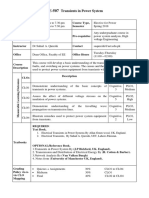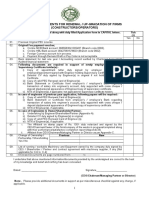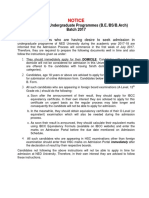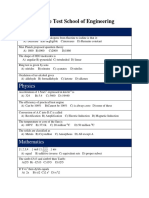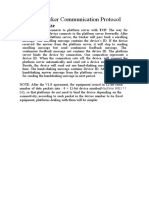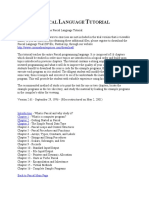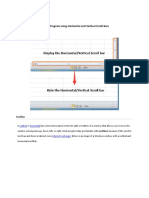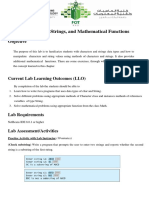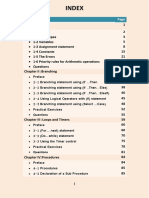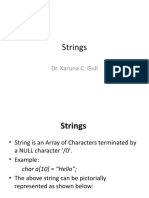0% found this document useful (0 votes)
2K views13 pagesChapter 1 Digital Systems and Binary Numbers
This document provides information about a digital logic design course, including:
- The course code, title, credits, pre-requisites, and instructor details.
- The overall aims and topics to be covered in the course over 15 weeks.
- Assessment methods including exams, class participation, and a final project.
- Chapter 1 content on digital systems and binary numbers, including addition, subtraction, multiplication in binary, and number base conversions between decimal, binary, octal, and hexadecimal.
- Details on 1's complement and 2's complement representations in binary.
Uploaded by
Sana NazirCopyright
© © All Rights Reserved
We take content rights seriously. If you suspect this is your content, claim it here.
Available Formats
Download as PDF, TXT or read online on Scribd
0% found this document useful (0 votes)
2K views13 pagesChapter 1 Digital Systems and Binary Numbers
This document provides information about a digital logic design course, including:
- The course code, title, credits, pre-requisites, and instructor details.
- The overall aims and topics to be covered in the course over 15 weeks.
- Assessment methods including exams, class participation, and a final project.
- Chapter 1 content on digital systems and binary numbers, including addition, subtraction, multiplication in binary, and number base conversions between decimal, binary, octal, and hexadecimal.
- Details on 1's complement and 2's complement representations in binary.
Uploaded by
Sana NazirCopyright
© © All Rights Reserved
We take content rights seriously. If you suspect this is your content, claim it here.
Available Formats
Download as PDF, TXT or read online on Scribd
/ 13

